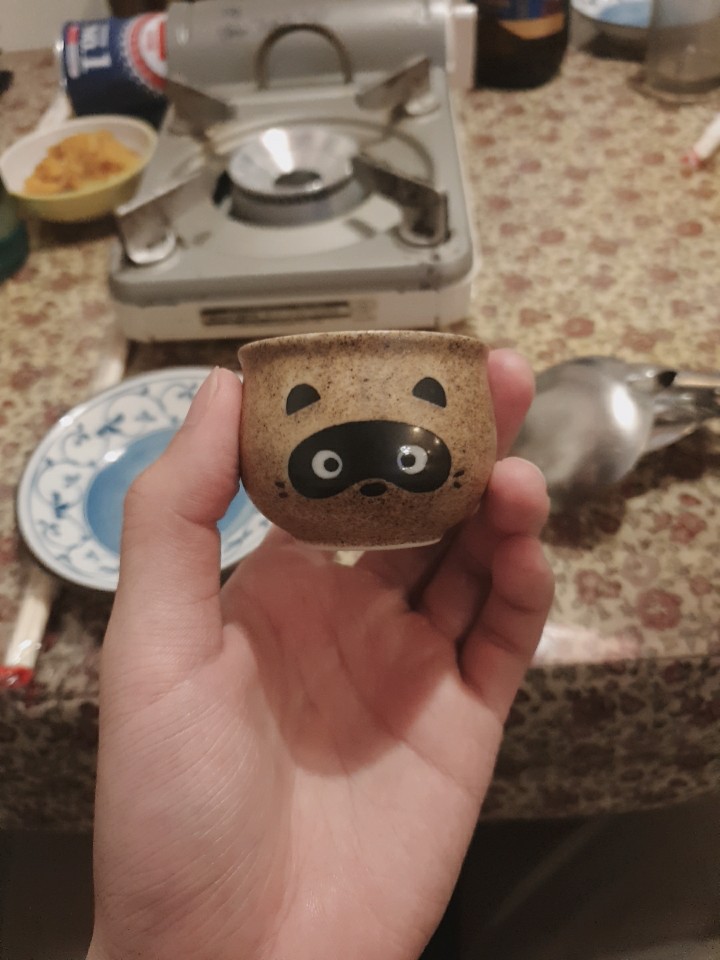📌 8-1 이벤트 전파란?
이벤트가 생성된 시점에서 이벤트의 전파 과정으로 3가지 과정인 캡처링, 타깃, 버블링 과정으로 구분된다.
- 캡처링: 상위 요소에서 발생한 이벤트가 하위 요소 방향으로 전파되는 과정
- 타깃: 실제로 이벤트가 발생한 대상
- 버블링: 하위 요소에서 발생한 이벤트가 상위 요소 방향으로 전파되는 과정

📌 8-2 이벤트 전파 과정
각각의 자식과 부모 태그 요소에 이벤으를 등록해서 전파 과정을 알아본다.
<!DOCTYPE html> <html lang="ko"> <head> <meta charset="UTF-8"> <title>Event</title> </head> <body> <ul id="ul"> <li id="li1">1</li> <li id="li2">2</li> </ul> <script> const $ul = document.querySelector("#ul"); const $li1 = document.querySelector("#li1"); const $li2 = document.querySelector("#li2"); // 부모와 자식노드에 각각 내용이 다른 이벤트를 설정한다. $ul.addEventListener("click", () => { console.log("ul 클릭 이벤트 입니다.") }); // 1을 클릭하는 순간 버블링으로 인해 ul 이벤트도 같이 발생한다. $li1.addEventListener("click", () => { console.log("li 클릭 이벤트 입니다."); }); </script> </body> </html>이벤트 버블링으로 인하여 콘솔창에 아래와 같은 내용이 나타나게 된다.
li 클릭 이벤트 입니다. ul 클릭 이벤트 입니다.이벤트 캡처링도 일어났지만 콘솔창에 확인이 되지않는 이유는 캡처링은 의도적으로 켜줘야 실행이 가능하다.
<!DOCTYPE html> <html lang="ko"> <head> <meta charset="UTF-8"> <title>JS</title> </head> <body> <ul id="ul"> <li id="li1">1</li> <li id="li2">2</li> </ul> <script> const $ul = document.querySelector("#ul"); const $li1 = document.querySelector("#li1"); const $li2 = document.querySelector("#li2"); // 부모인 ul 태그의 캡처링 이벤트 설정 $ul.addEventListener("click", (e) => { console.log(`이벤트 단계 : ${e.eventPhase}`); console.log(`이벤트 타깃 : ${e.target}`); }, { capture: true }); // 자식인 li 태그의 이벤트 설정 $li1.addEventListener("click", (e) => { console.log(`이벤트 단계 : ${e.eventPhase}`); console.log(`이벤트 타깃 : ${e.target}`); }); $li2.addEventListener("click", (e) => { console.log(`이벤트 단계 : ${e.eventPhase}`); console.log(`이벤트 타깃 : ${e.target}`); }); // 부모인 ul 태그의 이벤트 설정 $ul.addEventListener("click", (e) => { console.log(`이벤트 단계 : ${e.eventPhase}`); console.log(`이벤트 타깃 : ${e.target}`); }); </script> </body> </html>1이나 2를 클릭하게 되면 콘솔창 결과는 아래와 같이 나오게 된다.
// 1 : 이벤트 캡처링 이벤트 단계 : 1 이벤트 타깃 : [object HTMLLIElement] // 2 : 이벤트 타깃 이벤트 단계 : 2 이벤트 타깃 : [object HTMLLIElement] // 3 : 이벤트 버블링 이벤트 단계 : 3 이벤트 타깃 : [object HTMLLIElement]
📌 8-3 이벤트 위임
이벤트를 관리하는 방법으로 각각 노드에 이벤트를 등록하는 것이 아니라 상위 요소에 이벤트를 등록해서 관리하는 방법이다.
- 각각의 요소의 이벤트를 모두 등록하지 않아도 됨으로 메모리 절약이 가능하다.
- 코드의 재사용성이 높아진다.
- 이벤트 버블링의 특성을 이용한다.
🔥 이벤트 위임을 하지 않을 경우
<!DOCTYPE html> <html lang="ko"> <head> <meta charset="UTF-8"> <title>Event</title> </head> <body> <!--li의 요소를 클릭했을 경우 해당 li의 이름이 h3의 텍스트로 나타난다.--> <ul class="animals" style="width: 400px; background-color: gold;"> <li class="animal-li" data-animal-index="Dog">Dog</li> <li class="animal-li" data-animal-index="Cat">Cat</li> <li class="animal-li" data-animal-index="Pig">Pig</li> <li class="animal-li" data-animal-index="Cow">Cow</li> </ul> <h3 class="title"></h3> <script> // 모든 li 태그 요소를 가져온다. const $animalsLi = document.querySelectorAll(".animal-li"); // 텍스트를 표시할 공간 const $title = document.querySelector(".title"); // live 객체로 오기 때문에 안전하게 배열로 변환한다. const list = [...$animalsLi]; // 이벤트 핸들러 함수를 생성 const eventHandler = (event) => { const name = event.target.dataset.animalIndex; // title의 텍스트를 설정 $title.innerText = name; } // 각각의 노드의 이벤트를 설정 list.forEach((node) => { node.addEventListener("click", eventHandler); }); </script> </body> </html>이벤트 위임을 하지 않을 경우 문제점은 이벤트를 많이 등록하게 됨으로 메모리에 부담이 좋지 않다.
🔥 이벤트 위임을 한 경우
<!DOCTYPE html> <html lang="ko"> <head> <meta charset="UTF-8"> <title>Event</title> </head> <body> <ul class="animals" style="width: 400px; background-color: gold;"> <li class="animal-li" data-animal-index="Dog">Dog</li> <li class="animal-li" data-animal-index="Cat">Cat</li> <li class="animal-li" data-animal-index="Pig">Pig</li> <li class="animal-li" data-animal-index="Cow">Cow</li> </ul> <h3 class="title"></h3> <script> // li의 태그들의 상위 태그 요소인 ul 태그를 가져온다. const $animals = document.querySelector(".animals"); // 텍스트를 표시할 공간 const $title = document.querySelector(".title"); // 이벤트 위임 $animals.addEventListener("click", (event) => { // 해당 이벤트를 발생한 target의 dataset만 추출 const name = event.target.dataset.animalIndex; // 이벤트를 발생시킨 구간이 animal-li가 아닐경우 이벤트 종료 (예외처리) if(event.target.className !== "animal-li") return; // title의 텍스트를 설정 $title.innerText = name; }); </script> </body> </html>이벤트 위임을 할 경우 메모리절약과 동시에 코드의 가독성과 코드의 길이가 줄어들어 유지보수에도 도움이 된다.
📌 8-4 이벤트 객체 (target, currentTarget)의 차이점
- target: 현재 이벤트를 발생시키는 요소
- currentTarget: 현재 이벤트 핸들러가 바인딩 되어 있는 요소
<!DOCTYPE html> <html lang="ko"> <head> <meta charset="UTF-8"> <title>Event</title> </head> <body> <ul class="animals" style="width: 400px; background-color: gold;"> <li class="animal-li" data-animal-index="Dog">Dog</li> <li class="animal-li" data-animal-index="Cat">Cat</li> <li class="animal-li" data-animal-index="Pig">Pig</li> <li class="animal-li" data-animal-index="Cow">Cow</li> </ul> <h3 class="title"></h3> <script> const $animals = document.querySelector(".animals"); const $title = document.querySelector(".title"); // 현재 이벤트 핸들러가 바인딩 된 요소는 $animals이므로 currentTarget은 ul 태그를 가리킨다. $animals.addEventListener("click", (event) => { // 결과 : li console.log(event.target); // 결과 : ul console.log(event.currentTarget); }); </script> </body> </html>

